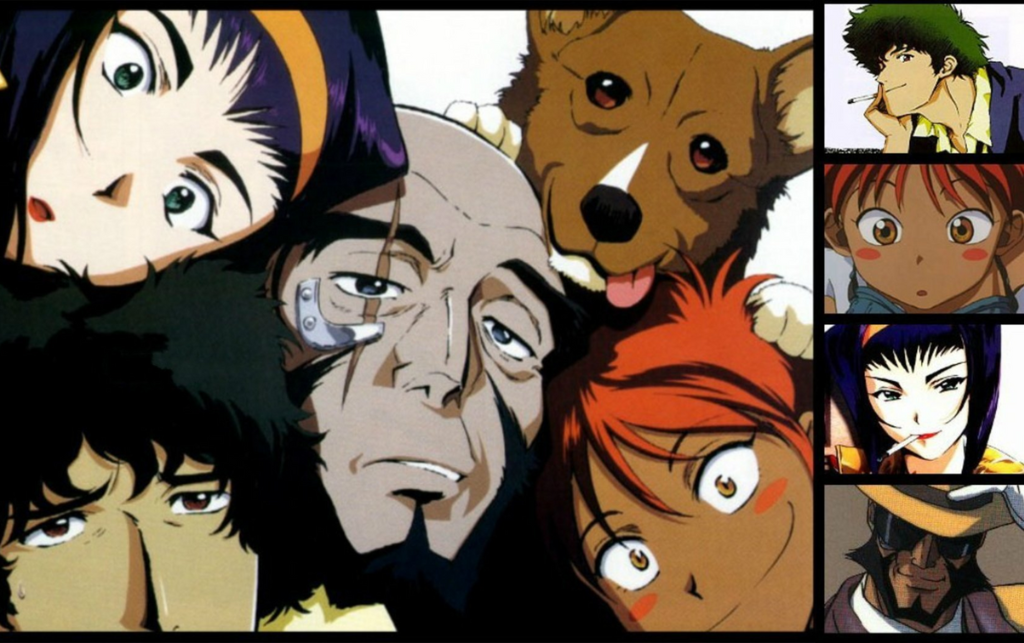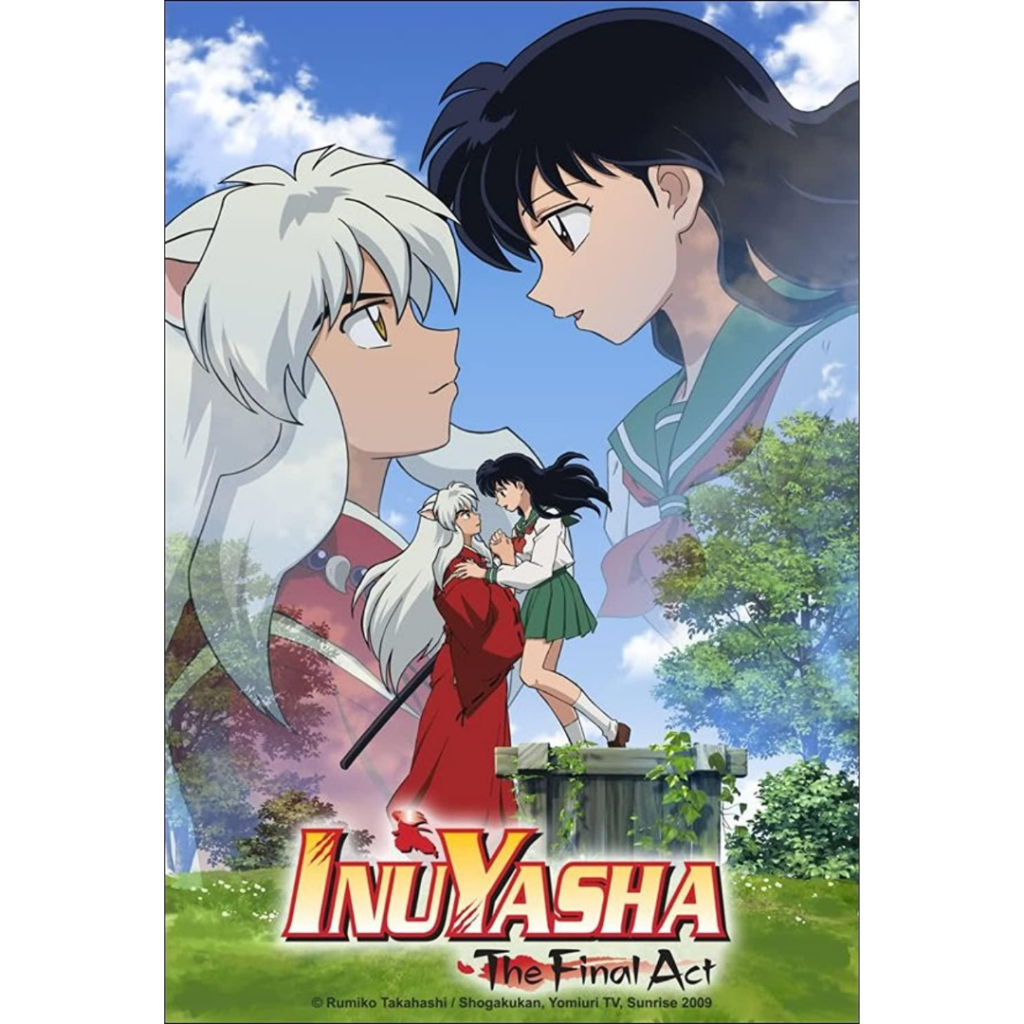
There are few anime as effortlessly cool as Cowboy Bebop. Directed by Shinichirō Watanabe and released in 1998, this genre blending space western isn’t just a classic it’s a masterclass in storytelling, atmosphere, and style that redefined what anime could be. Over two decades later, its influence still reverberates through not just anime but global pop culture, inspiring everything from Hollywood blockbusters to indie comics. The series’ unique blend of existential philosophy and pulp adventure creates an experience that feels both timeless and strikingly original.
The Premise: Bounty Hunters in Space
Set in 2071, Cowboy Bebop follows the misadventures of Spike Spiegel, Jet Black, Faye Valentine, and the rest of the ragtag Bebop crew as they chase bounties across a solar system dripping with noir flair. The show’s episodic structure cleverly disguises its deeper narrative ambitions what begins as seemingly random jobs gradually reveals an intricate web of connections to each character’s past. The solar system itself becomes a character, with Mars serving as a neon drenched dystopia and spaceports feeling like the last outposts of civilization. This isn’t just a “monster of the week” show but a carefully constructed mosaic of lives intersecting at the edge of society. Beneath the slick action and jazz-soaked swagger lies a deeply human story about loneliness, regret, and how the ghosts of the past always find ways to haunt the present.
Characters: Unforgettable & Deeply Flawed
Every member of the Bebop crew is a masterpiece of writing, their personalities revealed gradually like layers of an onion being peeled back:
Spike Spiegel – The laid back ex-hitman with a philosopher’s soul and a death wish disguised as a smile. His martial arts style (modeled after Bruce Lee) and casual demeanor mask a man trapped between past and present.
Jet Black – The gruff but fatherly former cop, whose mechanical arm hides a sentimental heart. His relationship with Spike serves as the emotional core of the series, blending mentorship and mutual respect.
Faye Valentine – A femme fatale with amnesia, running from a past she can’t remember yet can’t escape. Her character arc from cynical manipulator to vulnerable seeker is one of anime’s most compelling.
Edward & Ein – The quirky hacker girl and super-smart corgi who bring levity to the crew’s cynicism while representing the innocence the others have lost.
No one here is a hero, just broken people trying (and often failing) to outrun their demons in a universe that’s forgotten them. Even minor characters like vicious Vicious or the tragic Gren receive shocking depth in their limited screen time.
Style & Music: Pure Audiovisual Jazz
Yoko Kanno’s legendary soundtrack swinging from bebop to blues, rock to opera is as much a character as Spike himself, with tracks like “Tank!” and “The Real Folk Blues” becoming cultural touchstones. The music doesn’t just accompany scenes but actively shapes them, whether it’s a melancholy saxophone solo underscoring Spike’s loneliness or a frantic jazz improve matching a chaotic fight sequence.
The animation, while not as technically polished as modern works, oozes atmosphere through its cinematic framing smoky bars feel claustrophobic, neon-lit alleyways pulse with danger, and the vastness of space becomes palpable during silent moments of reflection. Every frame feels deliberate, every silence pregnant with meaning, creating a visual rhythm as precise as the jazz that scores it.
Themes: Weight Beneath the Cool
Cowboy Bebop isn’t just style it’s profound substance dressed in a leather jacket. Episodes flip between hilarious (mushroom-induced chaos in Mushroom Samba) and devastating (Spike’s past crashing into the present in Ballad of Fallen Angels), often within the same scene.
Its core message?
“You’re gonna carry that weight.”
The past always catches up, whether you’re a cowboy, a criminal, or a data dog. The series explores existentialism through its space faring outcasts these are people who’ve fallen through the cracks of society, yet keep moving forward through sheer force of habit. Religious symbolism (like Spike’s Christ like pose in the finale) blends with Buddhist concepts of karma, while the show’s treatment of memory and identity feels more relevant than ever in our digital age. Even the food they eat always instant noodles, never a proper meal speaks volumes about their transient lives.
Legacy: The Gold Standard
From Firefly to The Mandalorian, Bebop’s DNA is everywhere in modern genre storytelling. It proved anime could be cinematic, mature, and universally resonant without sacrificing its cultural specificity. The series pioneered the “one-and-done” approach to anime storytelling a complete narrative in 26 episodes that didn’t overstay its welcome. Its influence extends beyond visuals and music into narrative structure, character archetypes, and even philosophical depth in mainstream entertainment. Modern classics like Attack on Titan and Cyberpunk: Edgerunners owe it a debt, while its English dub set new standards for localization quality.
Final Verdict: Bang.
★★★★★ (5/5)
A rare perfect series that rewards both casual viewing and deep analysis. Whether you’re here for the breathtaking action sequences, the soul stirring music, or the existential dread lurking beneath the surface cool, Cowboy Bebop delivers on every level while making it look effortless. It’s the kind of work that changes how you see its medium forever.
Essential viewing for fans of: Noir cinema, jazz history, space westerns, cyberpunk aesthetics, or stories where the coolest characters are also the saddest. Not recommended for viewers who prefer straightforward narratives or happy endings.


